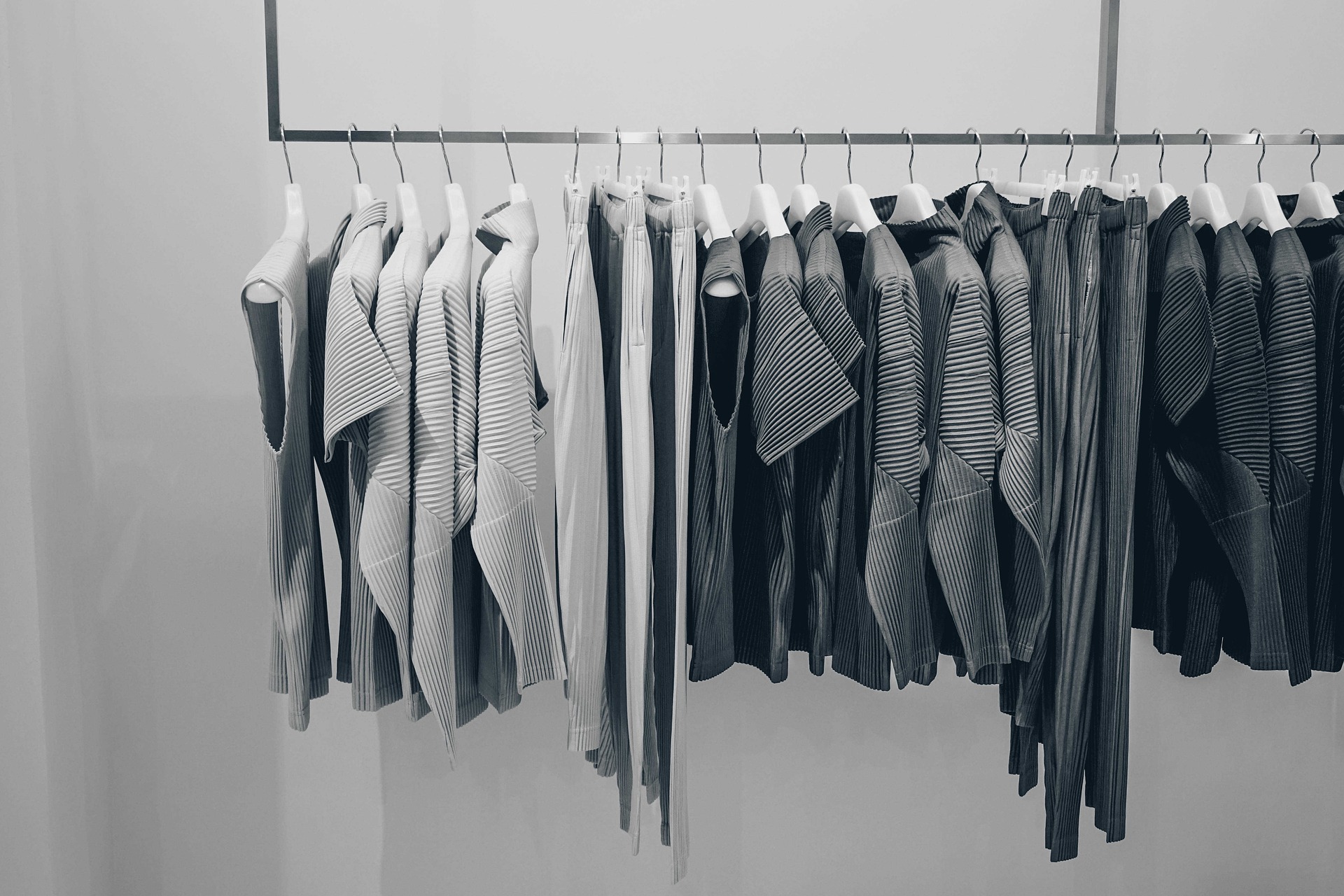— major in japan
fashion
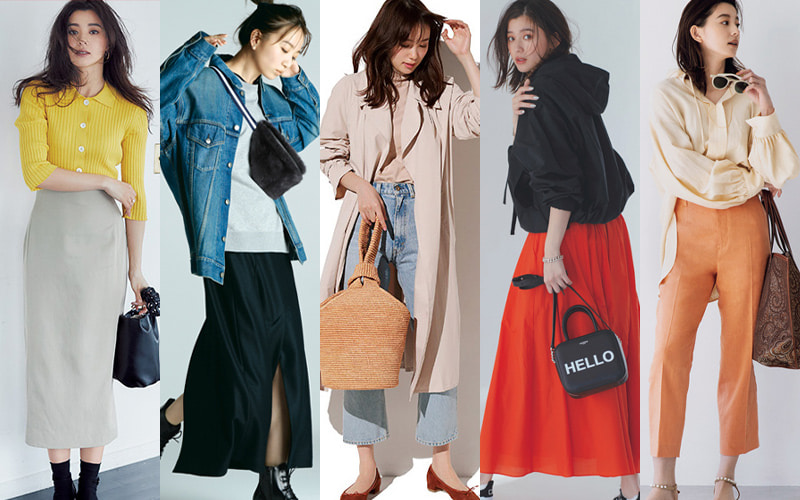
Source:https://oggi.jp
spring outfit
March to May
- It’s warm in spring, so it’s just right if you have something light to wear.
- Mostly bright and pastel colors.
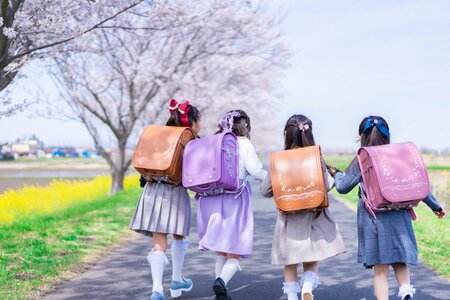
Source:LIMO [リーモ]
- Graduation ceremony and entrance ceremony season.
- Randoseru (bags for elementary school students) is a symbol of spring in Japan.
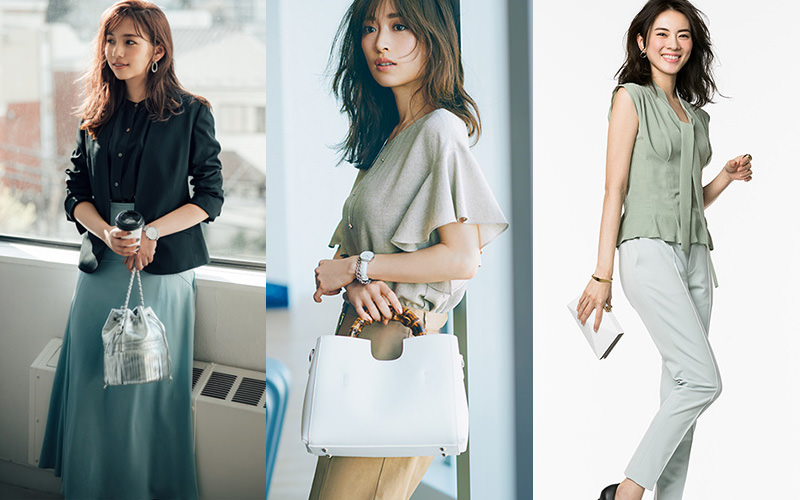
Source:https://oggi.jp
Summer outfit
June to September
- In summer, the temperature can exceed 35°C, so wear light clothing.
- If there is an air conditioner, prepare a jacket.
- It’s lightly dressed, but many people (especially in business) don’t reveal much.
- Use sunscreen and sun protection.
- Avoid insect bites.

- Be careful of the sun.
- Don’t forget to stay hydrated.
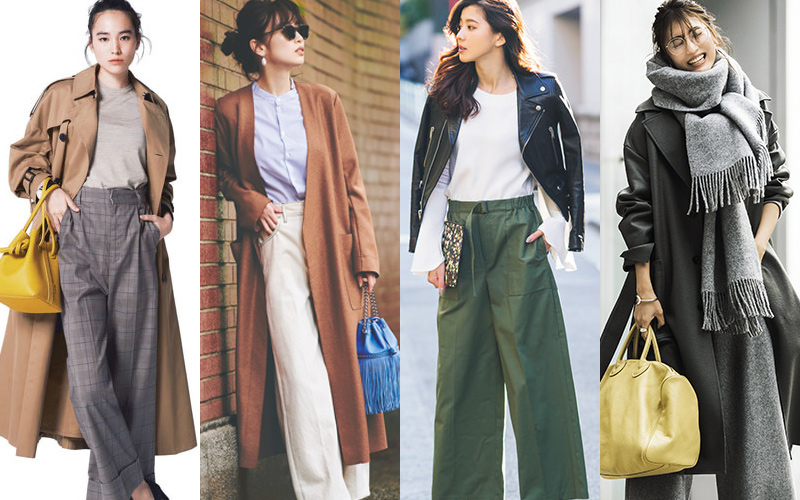
Source:https://oggi.jp
Autumn outfit
September to November
- Warm colors. Many dark colors.
- The fabric is a little thicker.
- Many long coats and jackets.
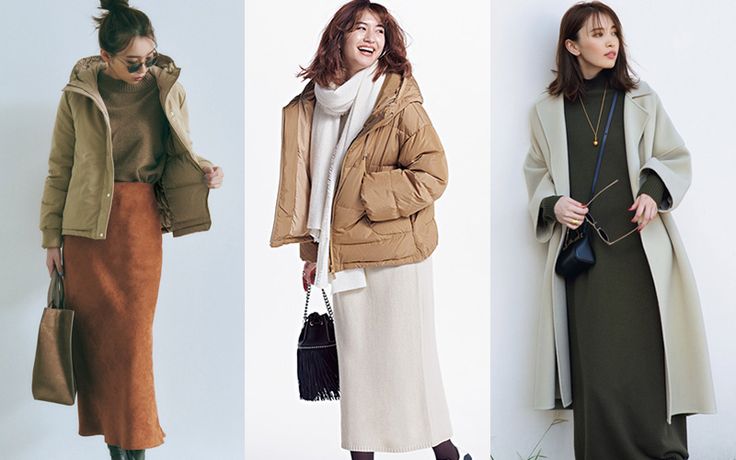
Source:https://oggi.jp
Winter outfit
December to February
- Down coats and thick coats are the mainstream because there are days when the temperature drops below freezing.
- Wear gloves, scarves, earmuffs, and hats on cold days.
- Some people use hokaron to protect themselves from the cold.
→Hokaron is a Japanese invention. There is a type that you can hold in your hand or stick on your clothes, and it will keep you warm like a hot water bottle for several hours. Highly recommended. - It rarely snows in Tokyo, but the roads can freeze, so be careful on days when the temperature drops below freezing.
Clothing trends in Japan
Japanese people dress appropriately for the occasion.
For example, business suits and office casual clothes are common, and uniforms are common for public transportation and government work.
It is common for students to wear school uniforms, but these days things are changing little by little, and the number of schools where the rules are somewhat looser and where clothing and hairstyles are more liberal is increasing.
However, it is Japanese culture to follow the rules.
At present, there are still many rules, such as wearing uniforms and not having bright hair.
In the past, it was common knowledge for both men and women to keep their skin understated and not show their skin, and this custom still remains today.
However, people who are “attractive” in the entertainment and fashion industries tend to have a lot of exposure.
Regulations and values regarding exposed skin differ from country to country.
Personally, I think it’s fine to have a preference.
However, I think that the culture and history of the country should be considered and respected.
I believe that it is precisely because there is respect that traditional clothing and culture remain.
